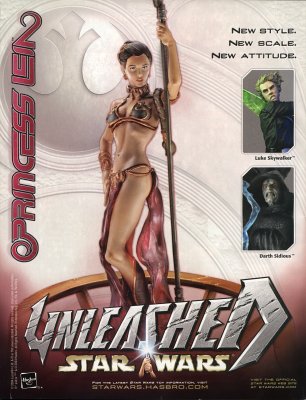I was thinking about Star Wars, the “bringing balance to the Force” prophecy, and RPG character alignments, and realized that while you can neatly map the Jedi and Sith to good and evil (Anakin’s confusion notwithstanding), you can’t map them so neatly to order and chaos.
The Sith are a chaotic organization. They thrive on emotional chaos, they spread chaos to meet their ends… but when they get in charge, they impose order on everyone else.
The Jedi are extremely ordered. They try to purge emotions, they deny attachments. They’re hidebound by tradition. The organization is very structured. And yet they fight not to impose order but to protect it. The Jedi actually strive to preserve the balance of law and chaos.
I’m actually reminded a bit of Michael Moorcock’s Eternal Champion series, in which the cosmic balance between order and chaos is treated as its own faction. The Eternal Champion, in his various incarnations, always fights for the Balance, bringing order to Chaos worlds and chaos to Order worlds.
So the Sith are chaotic, but impose order, while the Jedi are ordered, but fight for balance. The problem, of course, is that the Jedi are not balanced themselves. Anakin does three things to correct this:
- He destroys the old Jedi order
- He destroys the Sith (two decades later)
- Destroying the Jedi ensures that Luke and Leia, heirs to the Force, will grow up as people first, Jedi later.
Luke and Leia have the opportunity to re-create the Jedi without all the baggage that dragged the old Jedi order down… and they can rebuild it with Jedi who are actually in balance themselves.
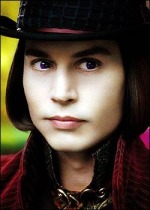
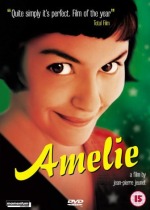
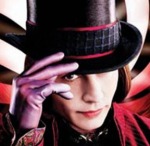

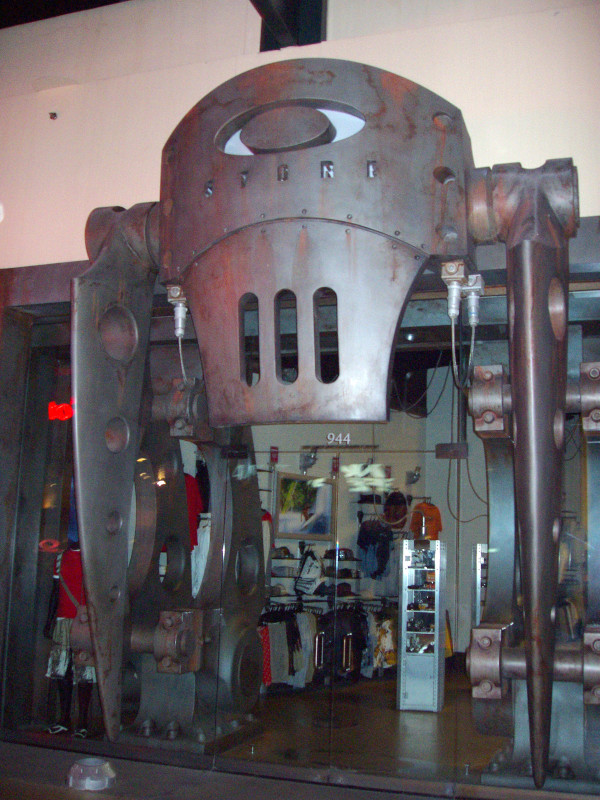
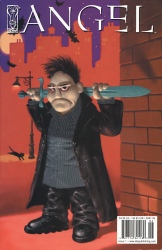
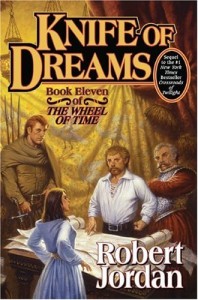 I finally talked myself into reading New Spring, the prequel novel to Robert Jordan’s
I finally talked myself into reading New Spring, the prequel novel to Robert Jordan’s 